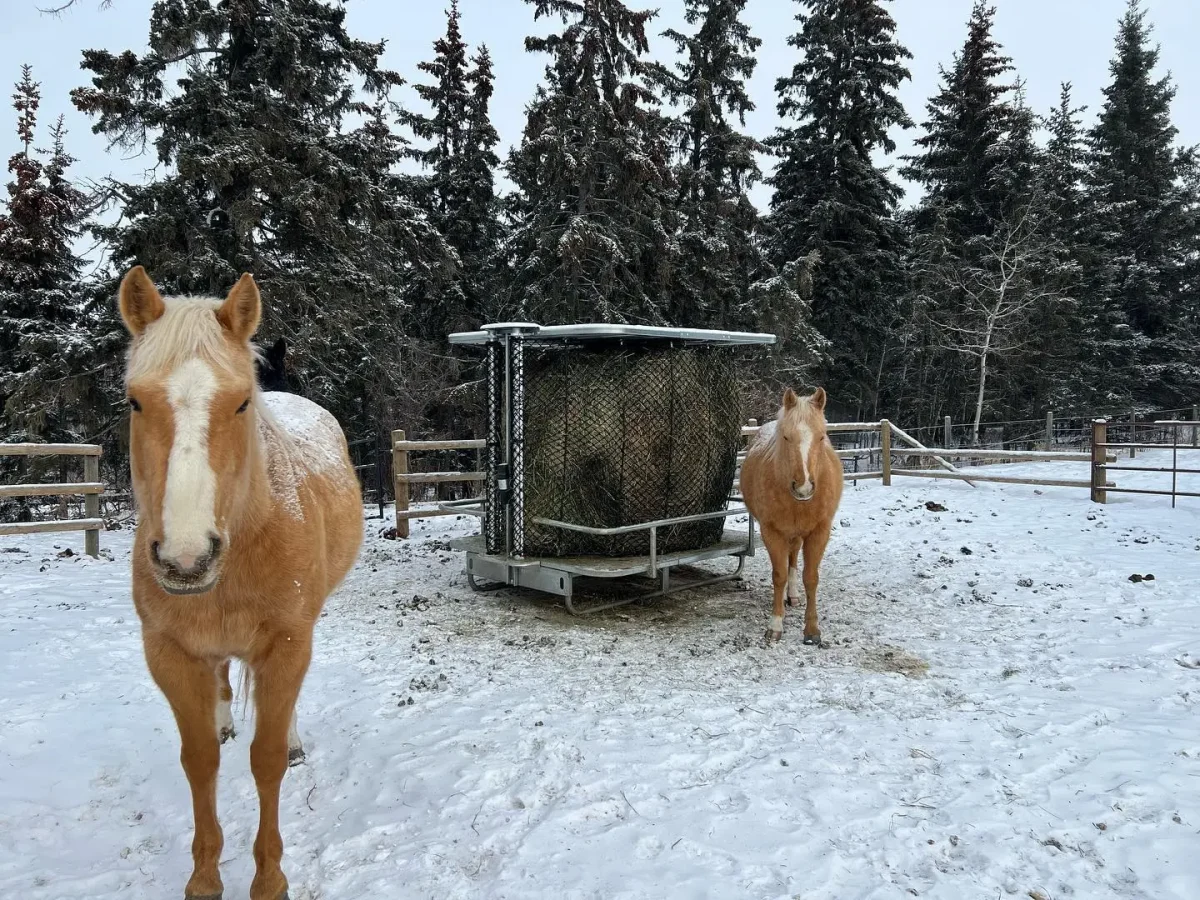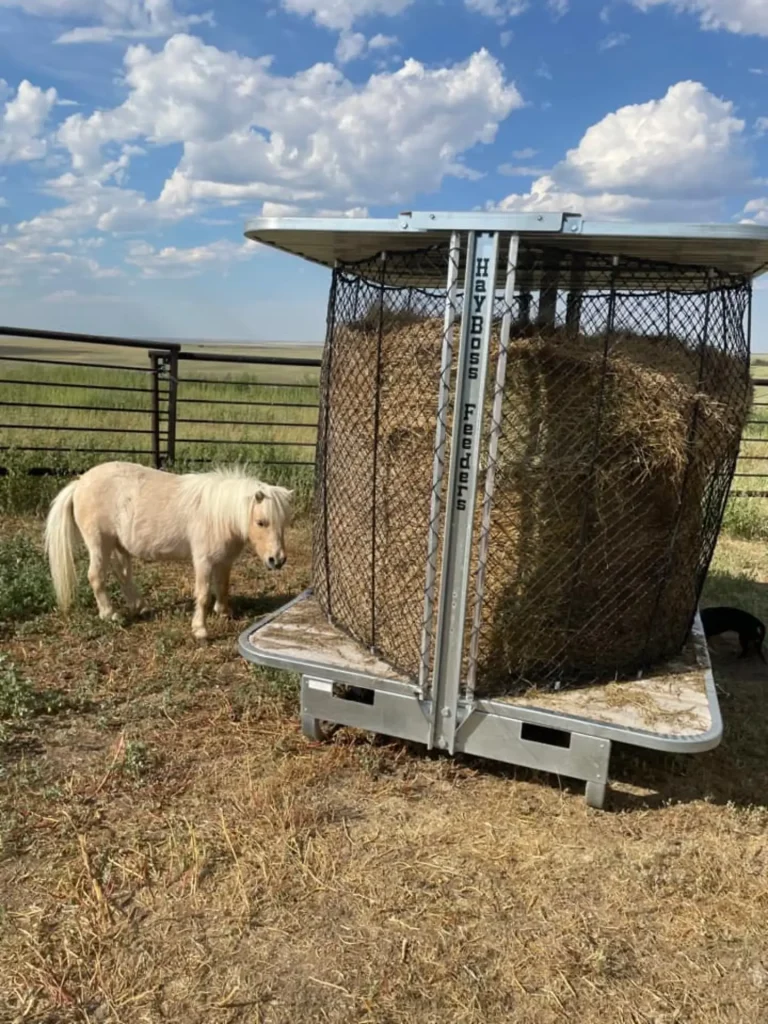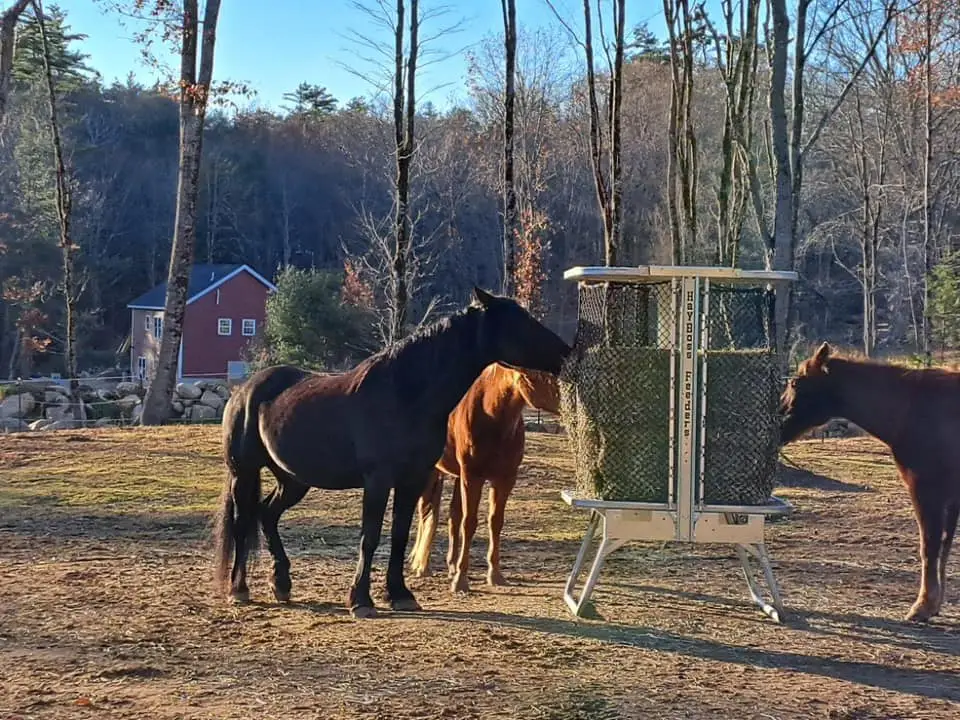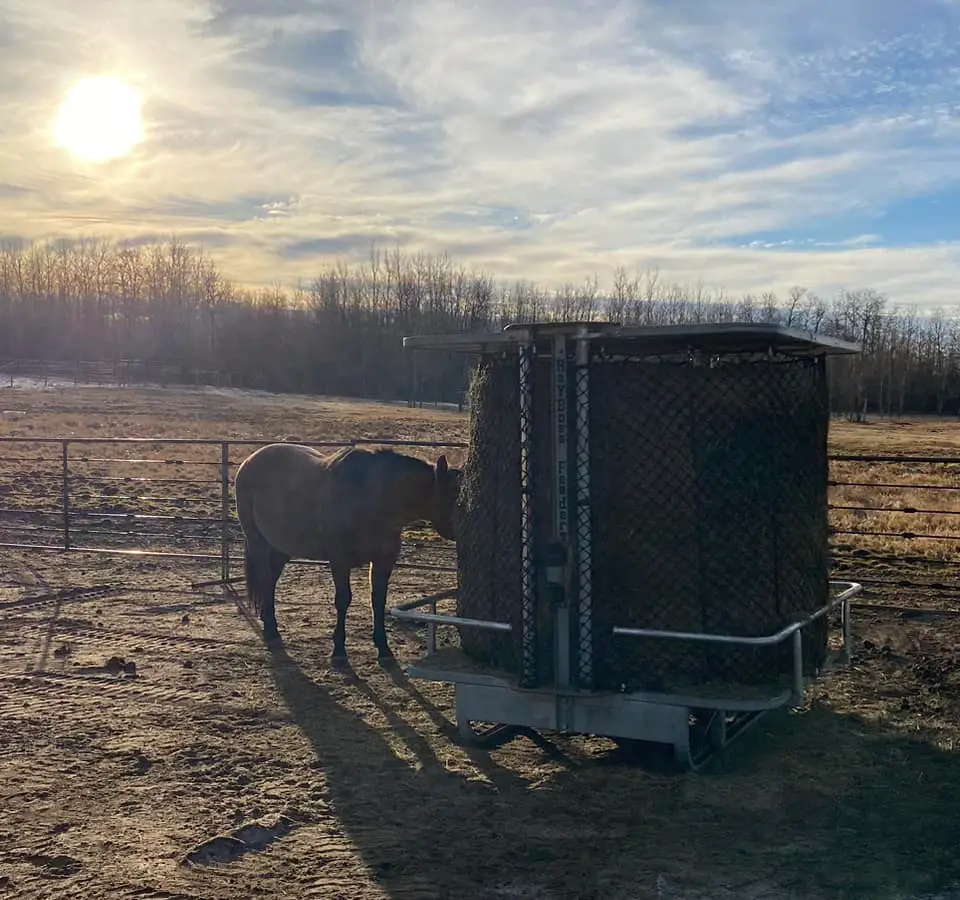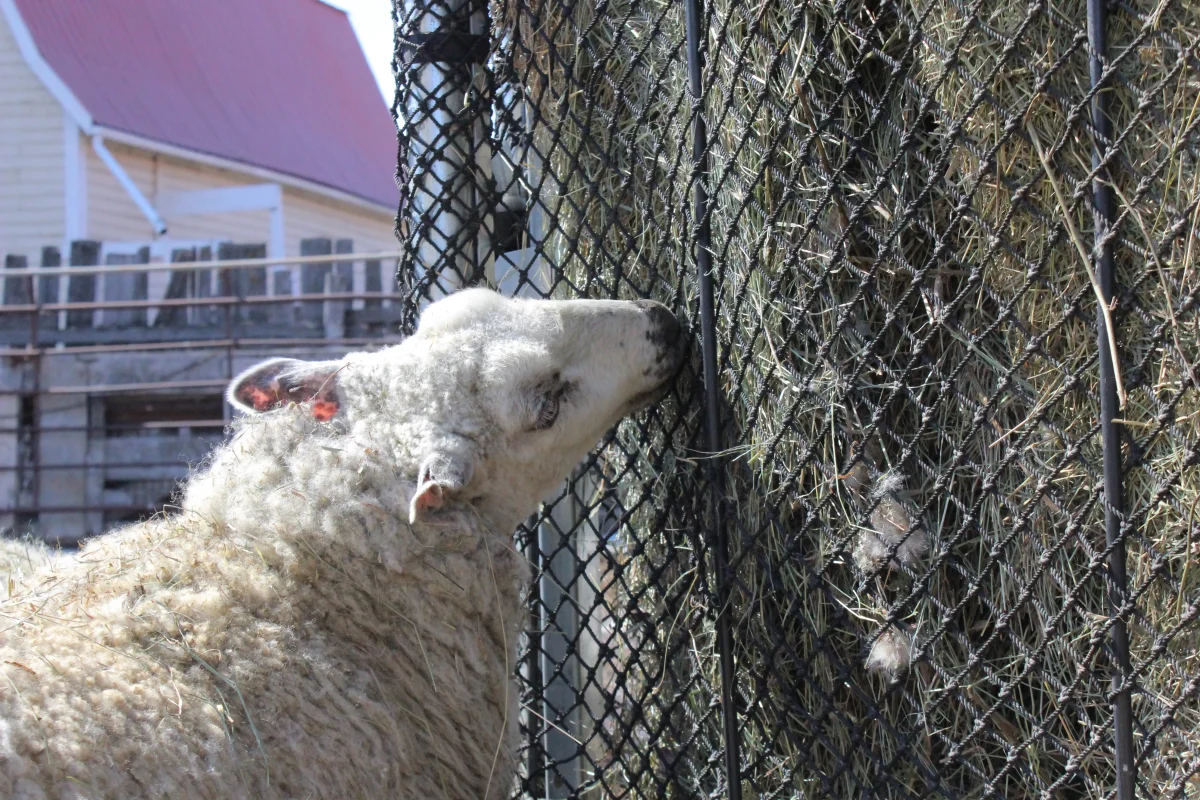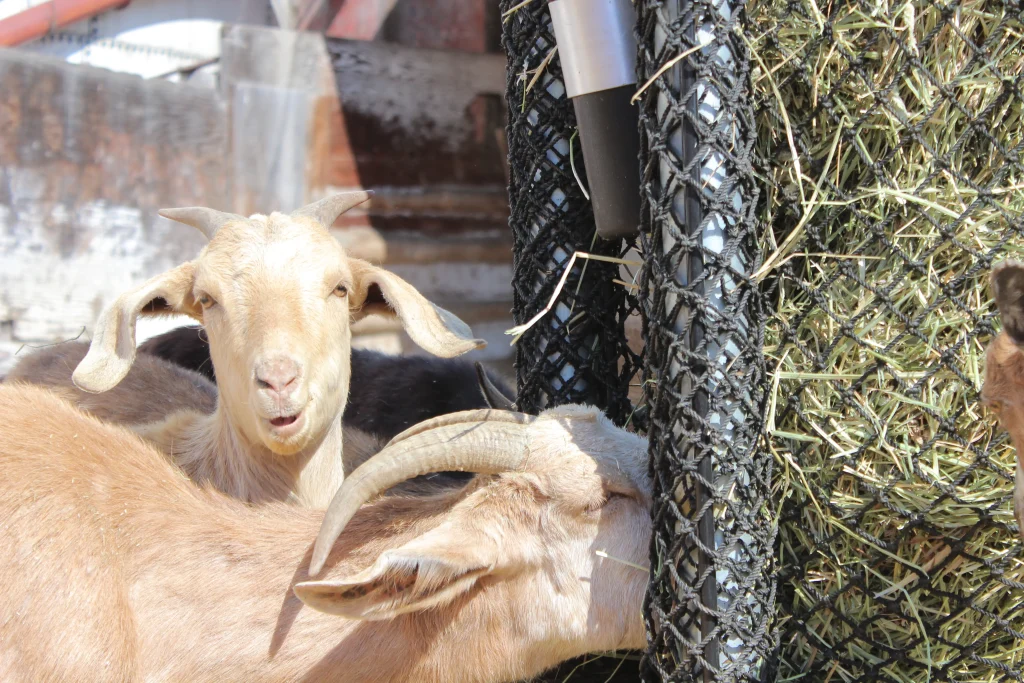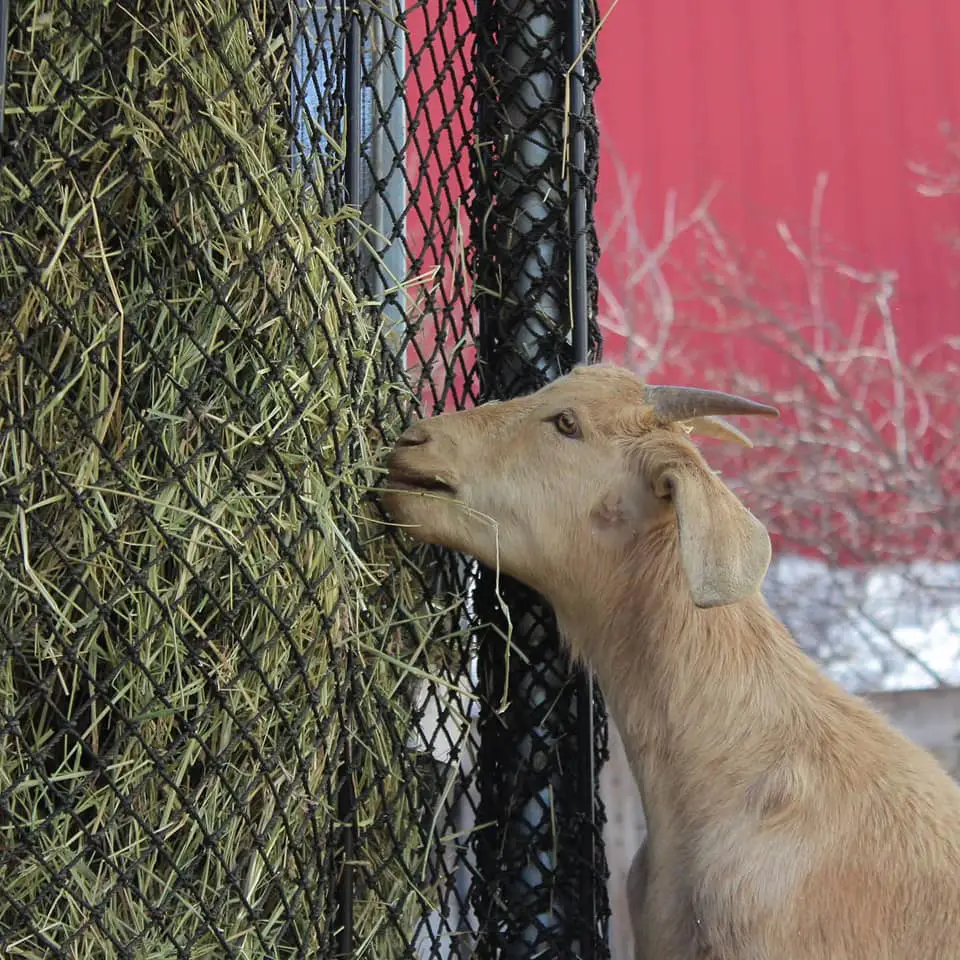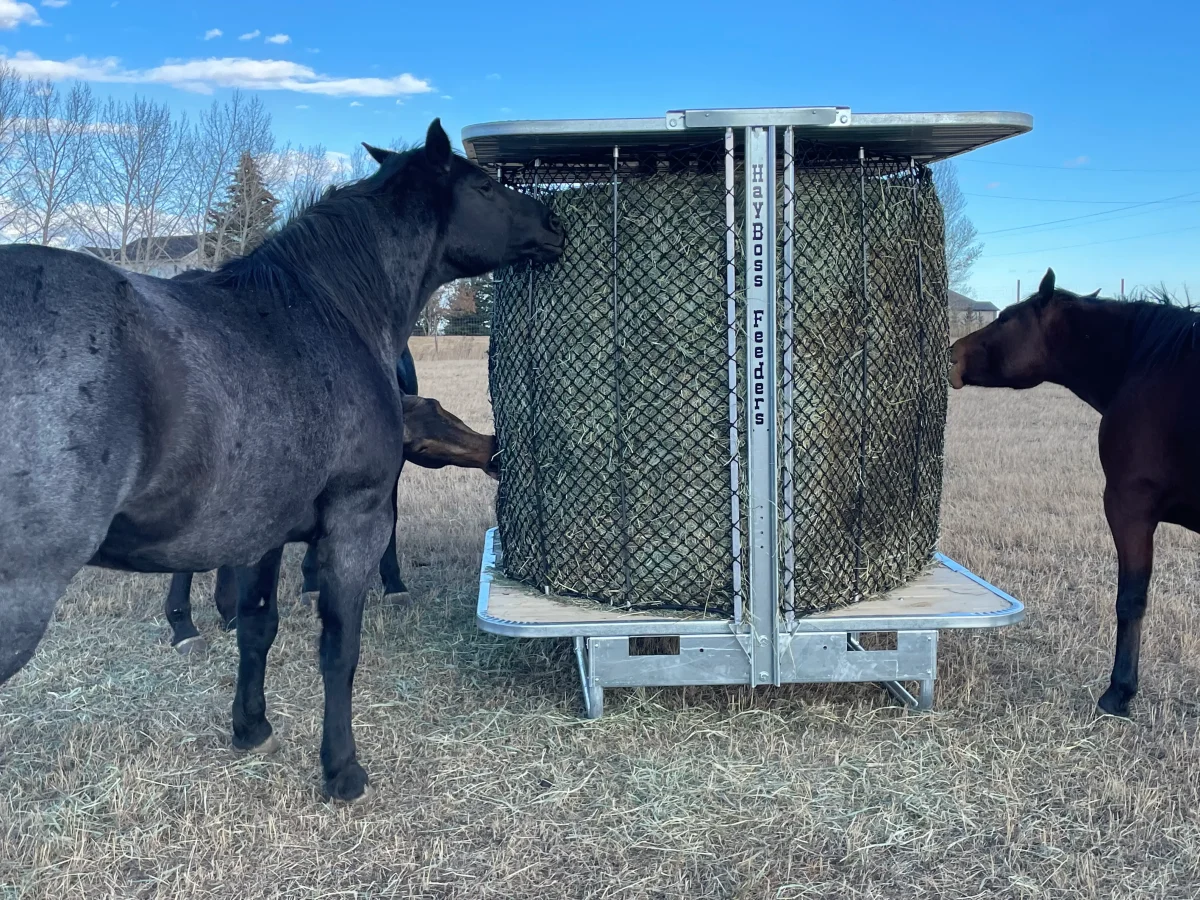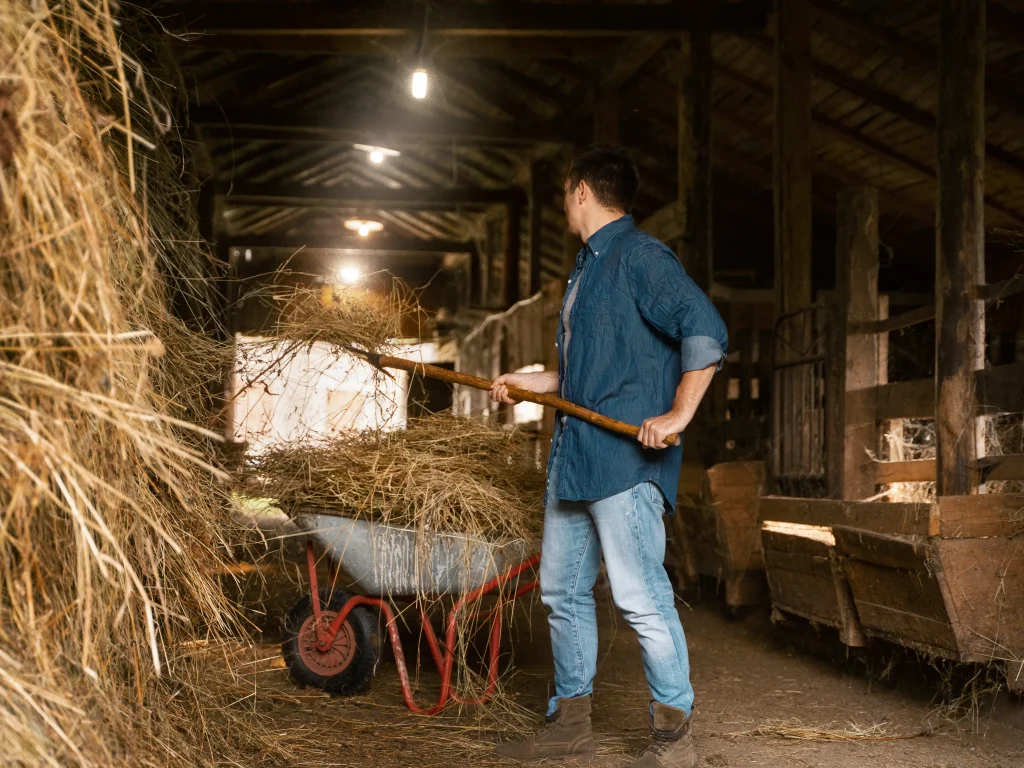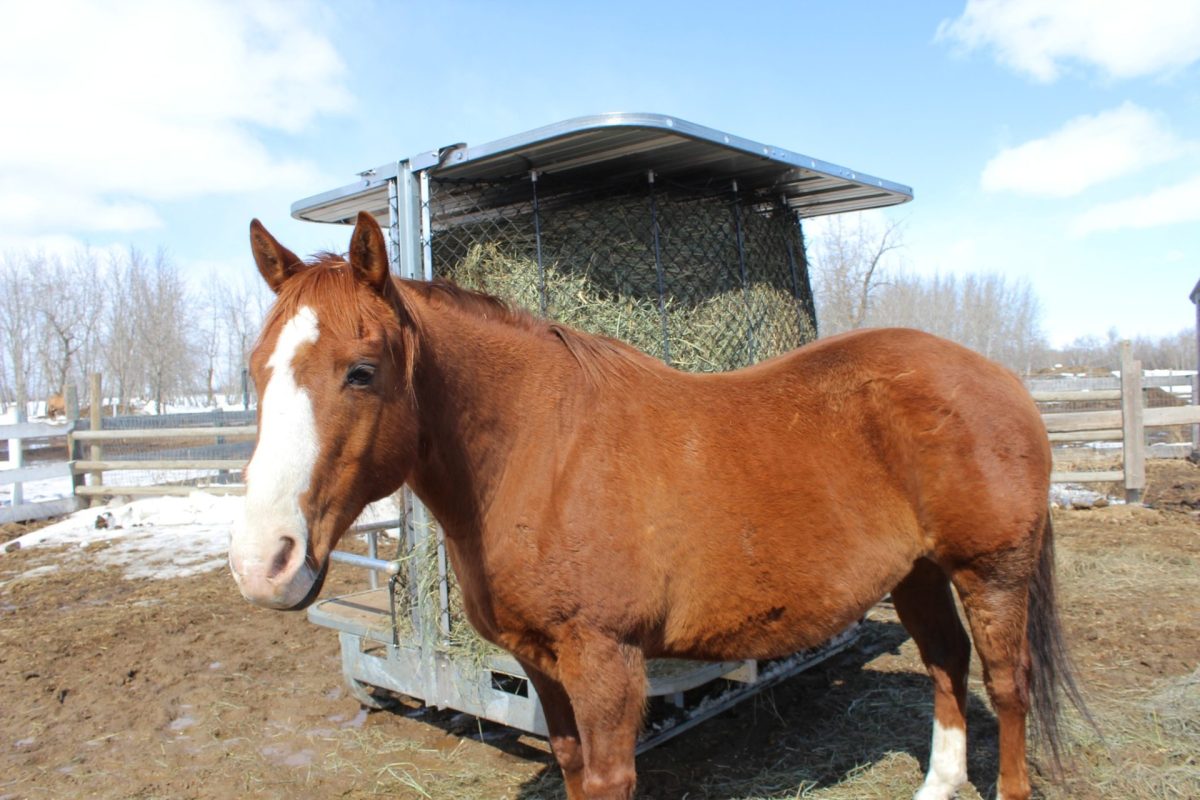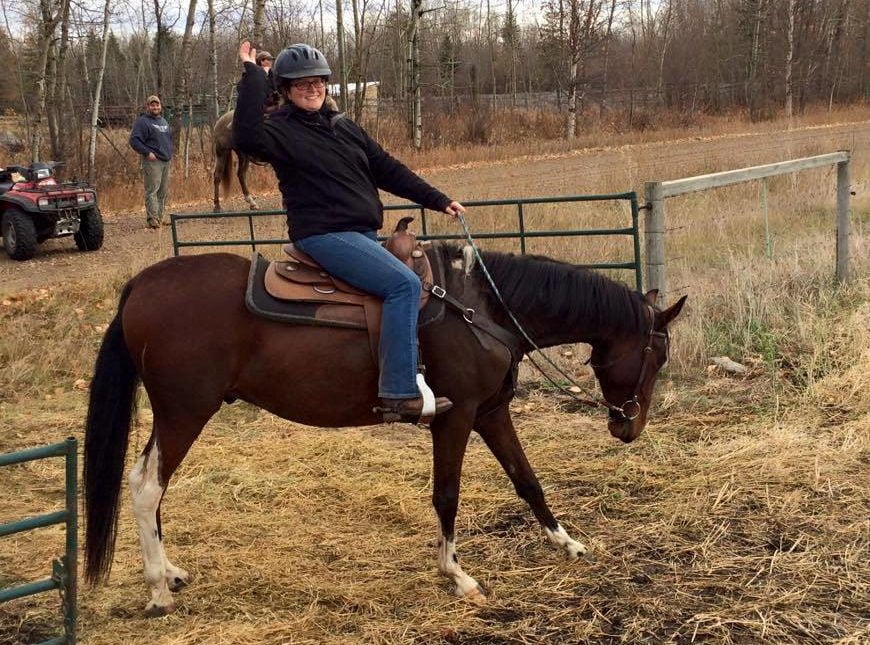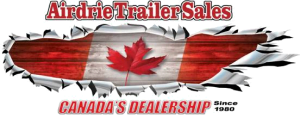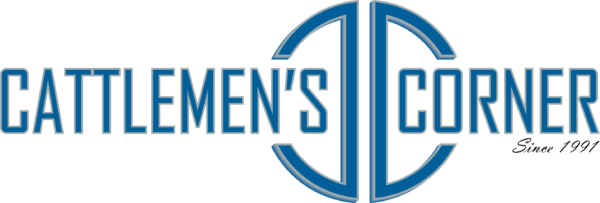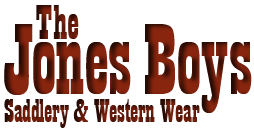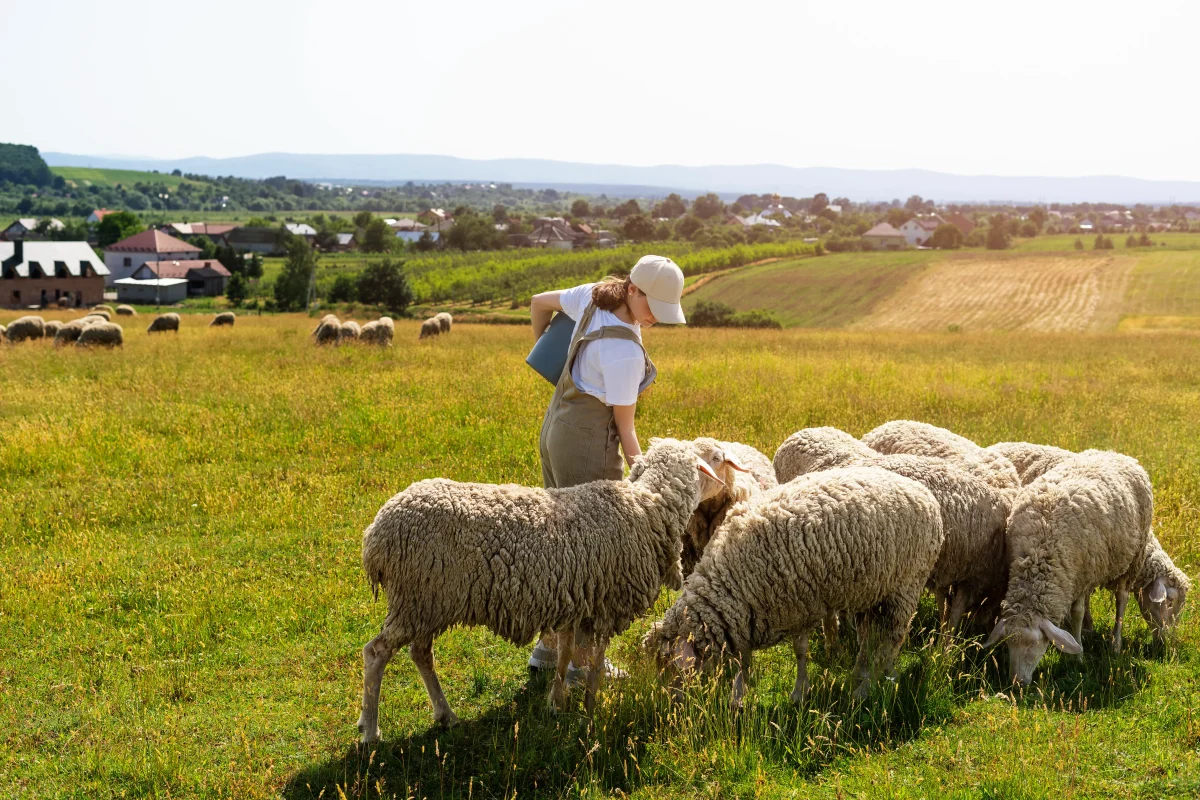
Maybe it was your dream to own a sheep farm for yourself from your childhood. But family, and life responsibilities got the better of you. You got too busy and this treasured dream was tucked away in a dusty corner of your mind.
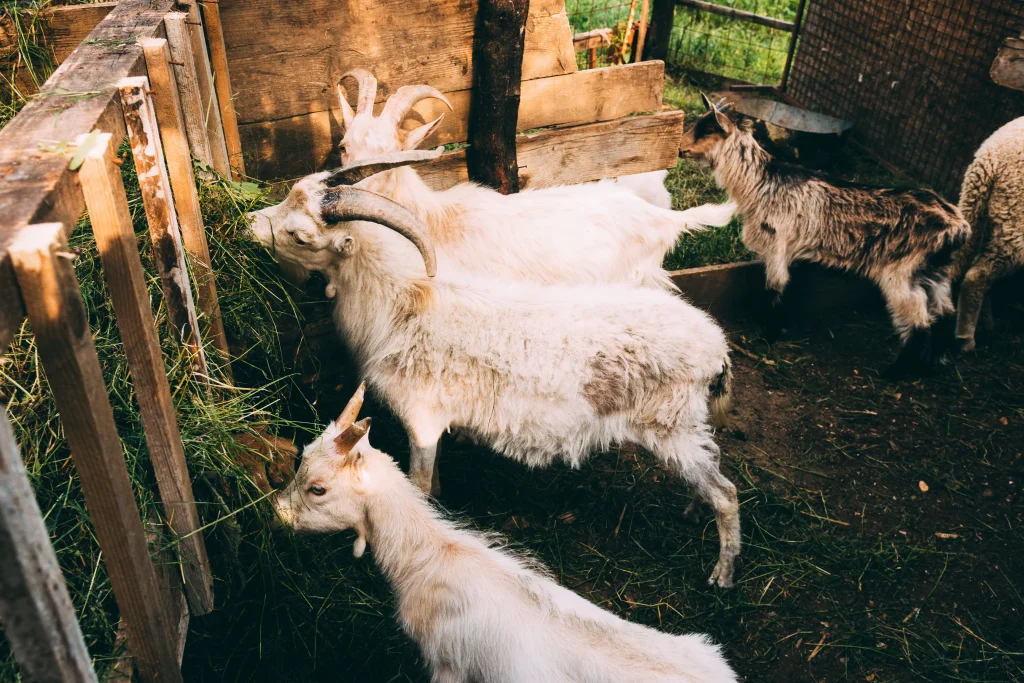
But now you have time and resources and want to turn those wooly ambitions into a thriving reality.
You might be imagining yourself surrounded by rolling green hills dotted with fluffy sheep, the gentle clinking of bells a constant melody. Sounds dreamy, right? But before you jump-switch your profession to your childhood goal, there is some planning involved.
Fear not, my fellow shepherd! This guide will be your map to navigating the exciting world of sheep farming. So let’s straight dive into the 7 steps and make you a farming hero!
Step 1: Research & Plan Like a Pro
You can not randomly spend money and expect a sustainable sheep farm. Making a solid plan is crucial for any farmer to succeed. And yes, a solid plan needs solid research!
- You’ll need to consider the breeds you want to start with [it can be wool, meat, or milk-focused!). Choose the one that suits your goals!
- Don’t forget to factor in your climate and location – what works in Wyoming might not be ideal for Florida.
- Research local regulations and permitting, some might be the same for Canada but others might be different in the state!
- Always explore potential markets for your future fleeces, chops, or cheese (yes, sheep milk cheese is a thing!).
You get the idea right?
Now, grab your thinking cap and craft a business plan. This will be your roadmap to success, outlining your vision, goals, and the capital you’ll need to get started.
Think land, equipment, those adorable sheep themselves, food, and any necessary infrastructure. Don’t forget to factor in how much you might earn – this helps ensure your farm isn’t just a baa-utiful dream, but a financially sound one too.
Step 2: Choosing Your Wooly Wonders
What is the most important part of a sheep farm? Sheep of course!

This is Where The Fun Begins – Picking Your Perfect Breed!
Remember what you wanted from your sheep? Do you dream of luxurious wool sweaters? Then Opt for breeds known for their fleece. Craving for delicious homegrown lamb? A meaty breed will be perfect. Research different options, and don’t forget to factor in your climate and management style too!
Not All Sheep Are Equal!
So order your sheep breed from reputable breeders. Remember, healthy sheep are happy sheep, so prioritize their well-being from the start. As your experience grows, you can gradually expand your flock.
Step 3: Land & Infrastructure – Your Sheepy Sanctuary!
You have created a plan, right? Thats great!
Now You Need To Find The Perfect Piece Of Land
Imagine your future flock frolicking – that’s the dream! But first, you must have the ideal amount of land. Make sure to consider how much space your beloved sheep will need to roam and graze happily. Ensure there’s access to clean water and plenty of grazing land to keep your woolly friends joyful!
Land Is Secured, What About Infrastructure?
Now, let’s talk sheepy shelters for those rainy days, feeding troughs to keep them full and happy, and handling facilities for shearing, lambing, and other important procedures. You want an easy feeding experience, right? Then make sure to invest in a high-quality hay feeder for them.
And don’t forget fencing – sheep are escape artists extraordinaire, so secure fencing is a must-have! Remember, you can always scale up your infrastructure as your flock grows.
Step 4: Sheep Care – More Than Just Cuddling (Although Encouraged!)
Your sheep can not take care of themselves, right?
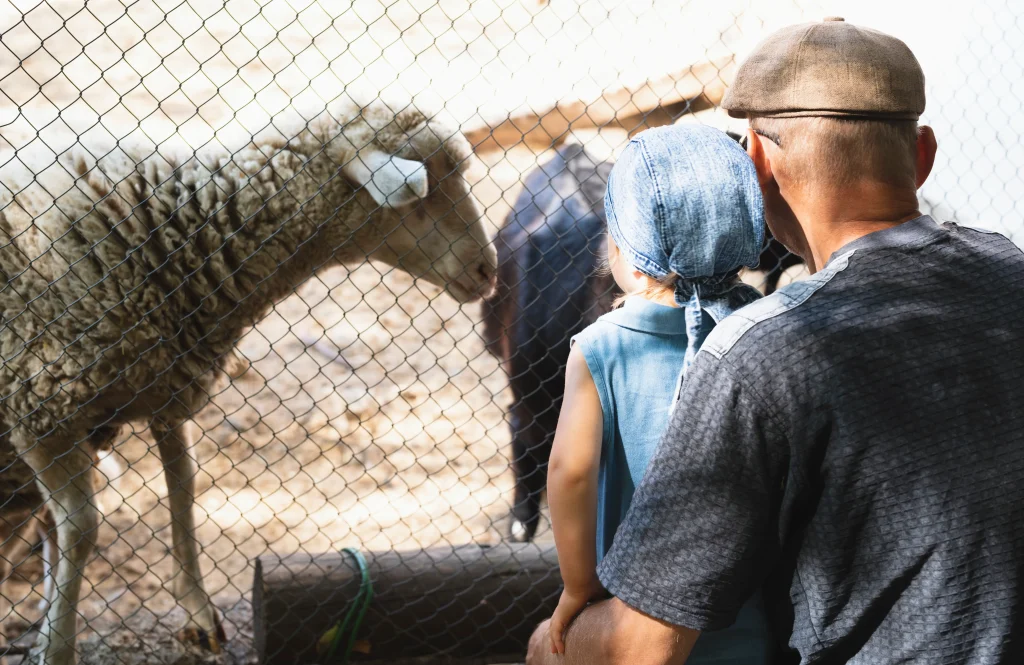
Adequate Food And Water Supply Is A Must!
What do sheep do most of their time? Eating and ruminating. You should provide a balanced diet of pasture, hay, and any necessary supplements to keep them healthy and thriving. You can install bale feeders for easy convenience. Keep their dwelling place clean and make sure they have an abundance of fresh water.
Health Is An Important Factor Too!
Regular health checks and preventive veterinary care are crucial for happy and healthy sheep. Make sure to visit the vets for check-ups and advice every month. (After all, you want your sheep to be healthy right?)
Learning Proper Handling Techniques Is Key!
It ensures your safety and the well-being of your animals. Understanding sheep breeding cycles and lambing seasons is also important. Give extra support and care for pregnant ewes and newborn lambs – they’ll need all the love they can get!
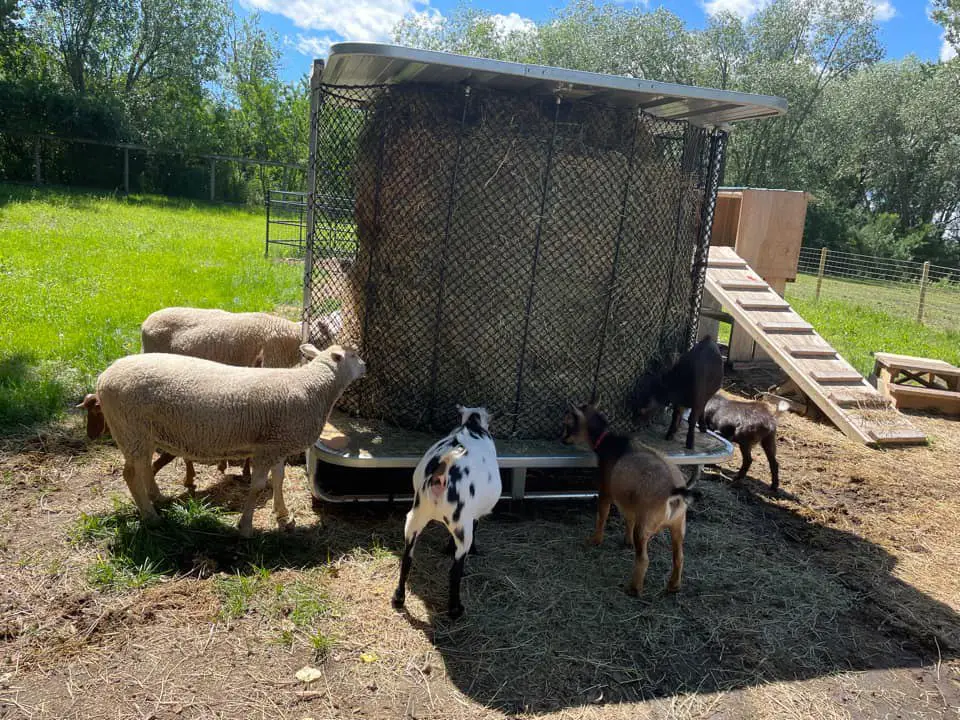
Step 5: Marketing Your Sheep-amazing Products!
Ask this, Who will be the lucky recipients of your sheepy goodness?
Is it the Local consumers or restaurant owners, farmer’s markets, or yarn producers – the options are endless! Develop a marketing strategy that works for you, whether it’s building an online presence, participating in local events, or exploring direct sales and partnerships. Study the market and make the right choice when selecting a vendor!
Step 6: Keep Learning & Growing (You Know, Knowledge Is Power!)
Remember the following: Never Stop Learning!
If you ever start to ignore the latest farming innovations, you will soon be left behind.
Whenever you get the chance, attend workshops, and conferences, and connect with experienced sheep farmers. In the world of sheep, there is always a new thing to learn. Use internet resources to stay updated on industry developments and best practices(Because you sheep deserve the best right?).
You do remember that sustainable and ethical farming is your key to success? So embrace practices that are good for your animals and the environment. Being adaptable helps too! You will see market demands and regulations change, So be ready to roll with the blows!
Step 7: Building a Community & Sharing Your Journey
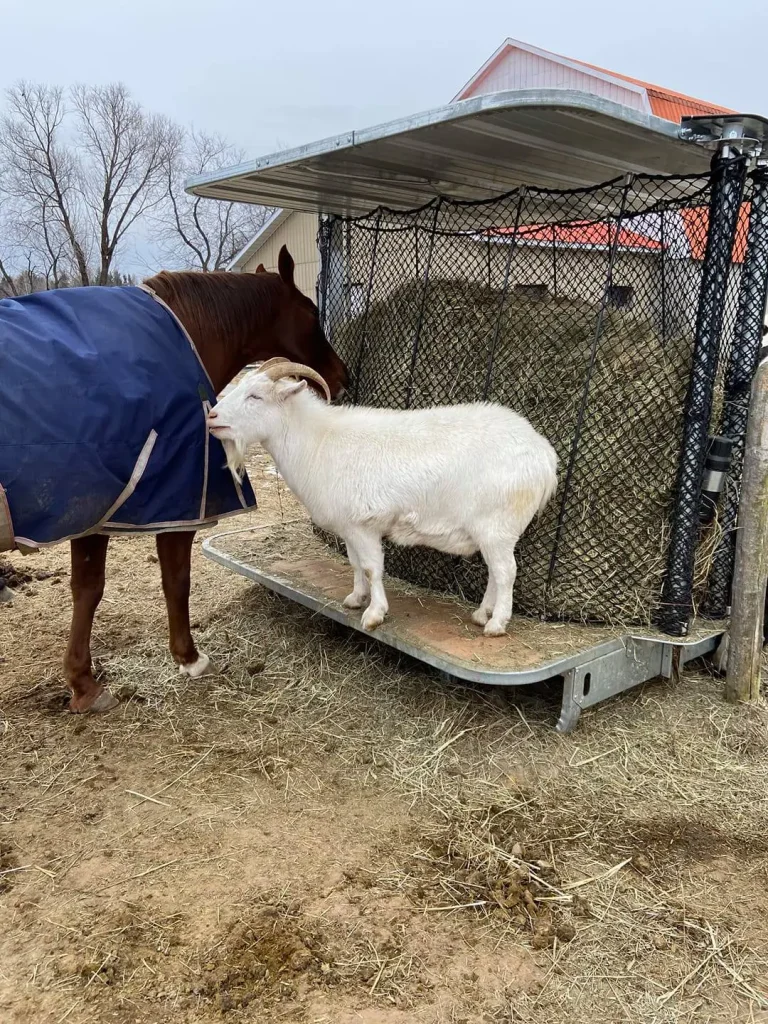
You have successfully started your livestock farming journey, so what do you do now?
Share Your Experience With Your Dedicated Sheep-Loving Community Of Course!
Connect with fellow sheep farmers – they’ll be your biggest cheerleaders and source of knowledge. Online forums, local associations, and networking events are great places for you to start. Share your stories, observe others, and create a healthy community!
Document Your Journey!
Share your story through a blog, social site, or other media. Inspire others to pursue their sheep farming dreams and contribute to the sustainable agriculture movement.
Before We Go,,,
Remember, the path to sheep farming isn’t always smooth sailing, but with dedication, passion, and a little bit of charm (also the 7 steps you just read!), you can create a fulfilling and rewarding life surrounded by your wooly companions.
The well-being of your sheep should be your first priority. That’s why Invest in quality equipment that makes their lives easier and healthier. Take the example of Hayboss feeders, they offer unique solutions for convenient sheep feeding, promoting better posture and reducing hay waste. Explore multiple options and select the one that best suits your farm.
So what are you waiting for? Start your sheep farm for an exciting adventure filled with challenges and rewards. It’s time for you to transform your dream of living among the baa-ing flock into a reality!


